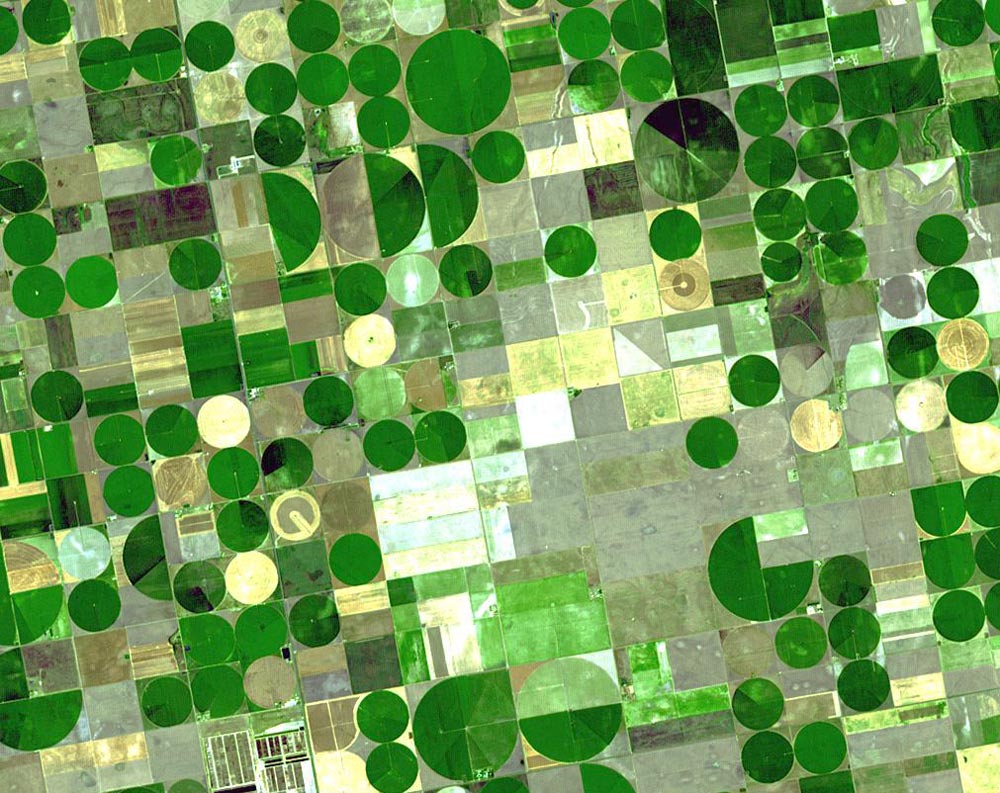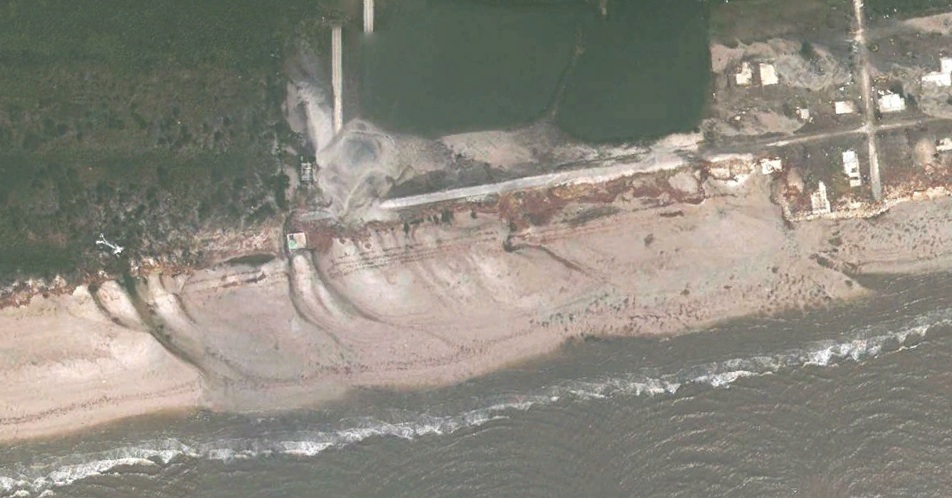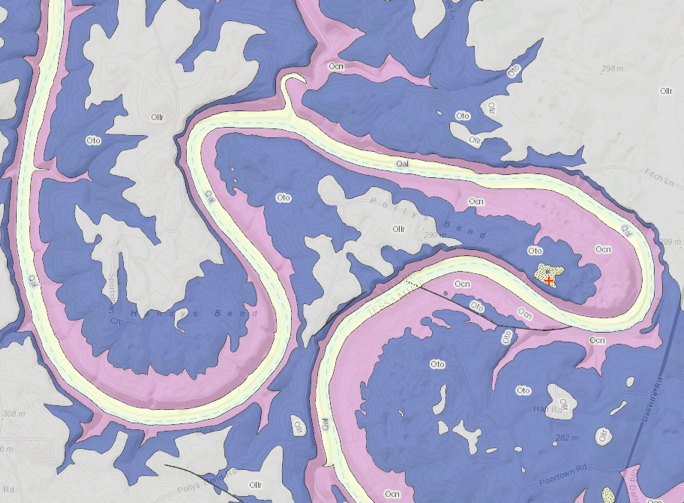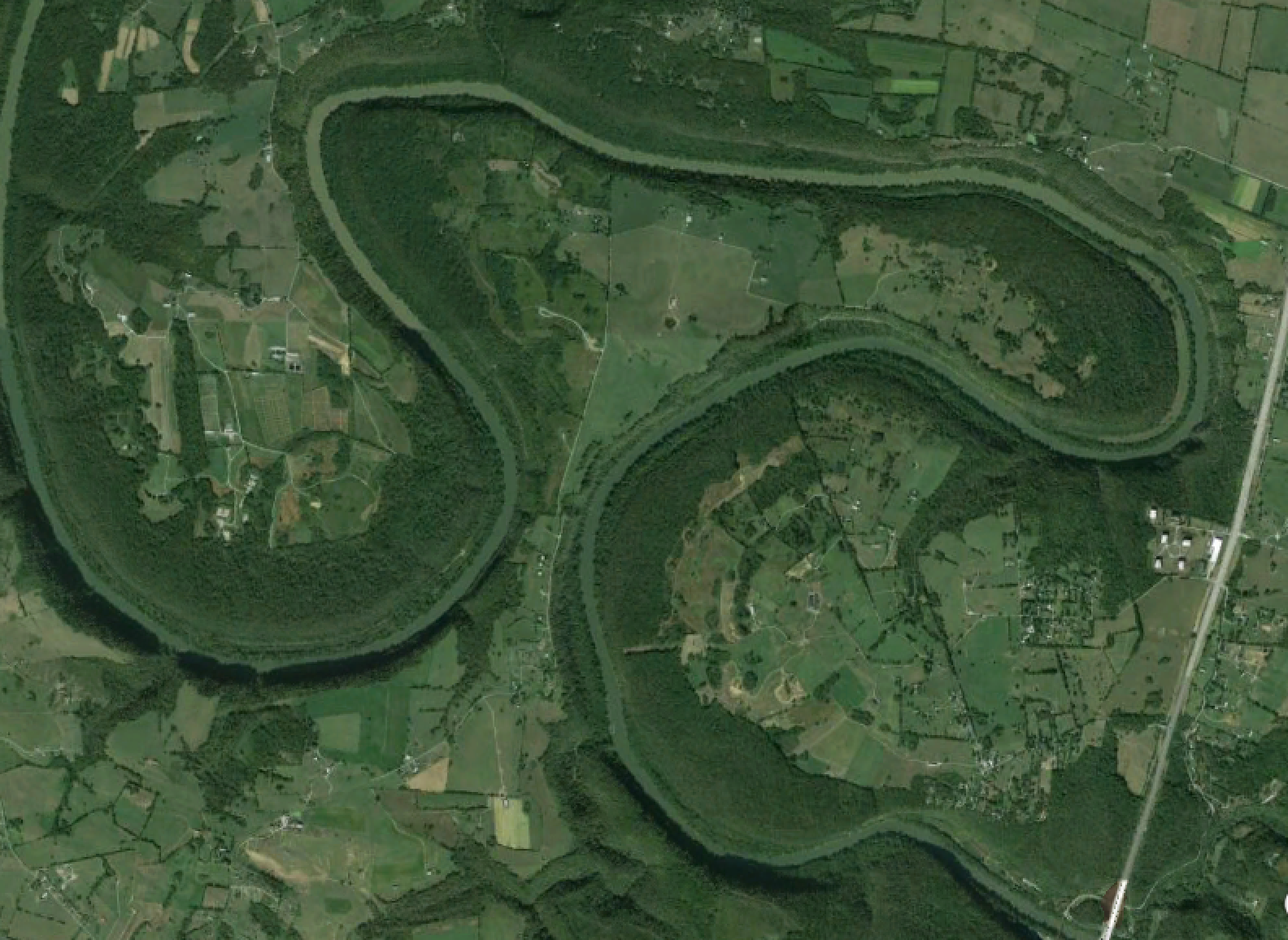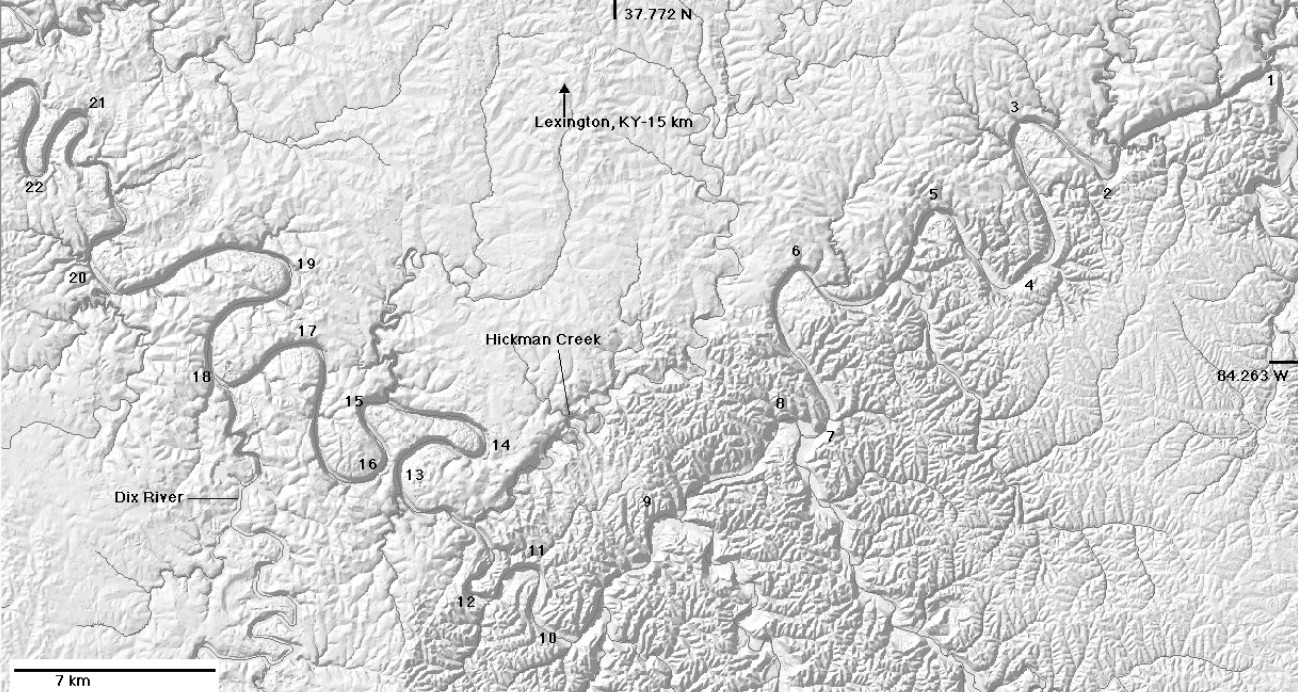The Dubious Power of Power Laws
Everyone knows the classic normal distribution—the “bell curve,” where most observations cluster around the mean, and the frequency falls off toward either end, with well known statistical properties. Lots of things in nature are more-or-less normally distributed, but lots of things are not. In some cases distributions are “heavy-tailed,” such that for example there are many of the small ones, and increasingly fewer as size increases. Famous examples are the distribution of earthquake magnitudes, rank-size distributions of cities, and the distribution of wealth in societies.

Models of avalanche size distributions in (mathematically-simulated) sand piles were seminal in developing ideas about self-organized criticality and power laws, both in geomorphology and in general. Unfortunately even real sandpiles, much less more complex systems, are not necessarily well described by the models.

